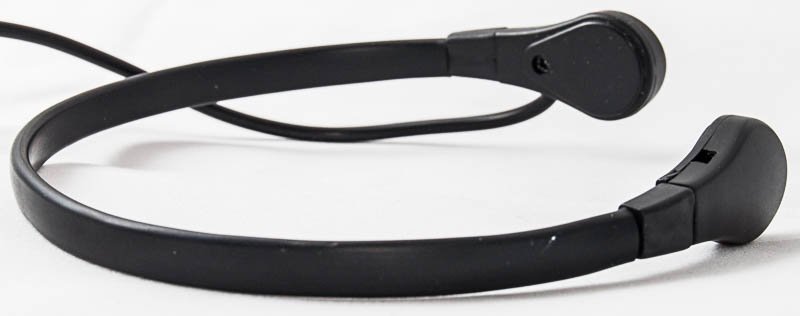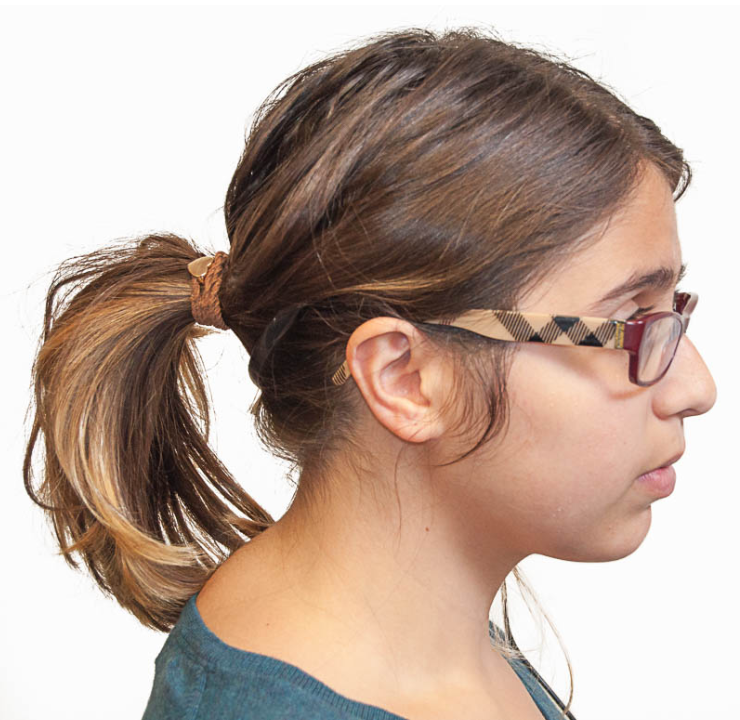Bitey
Picture this. It’s pouring rain, and you’re holding your umbrella for dear life. You’re coming out of the supermarket with a bag full of groceries. Your phone rings. How on earth can you pick up your phone and answer this (very poorly timed) call? With Bitey, you can simply click your teeth to answer your call and have it routed to your earphones!

Bitey is a system that can identify what teeth you are clicking and link actions to specific pairs of teeth. All you need is a bone conduction microphone (we used one of those throat microphones that security guards use), and a copy of our machine learning pipeline.

Since we’re interested in how teeth clicks sound, placing the microphone around the throat is not ideal—there’s a lot of muscle and noise. We found that the best placement is right behind the ear. It’s almost invisible and uses your skull as an amplifier 🤯.
Once the mic is in place, you go through a short training phase—click each set of teeth and record a 10-second clip. This gives our algorithm a baseline to identify your teeth clicks and map actions to them.
How does it work? Link to heading
Try this: click your front teeth, now your back teeth. Hear the difference? So can our system. The trick is to extract features from those clicks. That’s where the Fourier Transform comes in—it decomposes the sounds into frequency components.
This works great! Each click has a different signature:


To identify clicks, we use a simple algorithm: Support Vector Machine. It performs well with high-dimensional data (we have ~4000 features!) and was trained on your clicks.
Some interesting considerations Link to heading
Bitey performs well in many conditions, but we noticed a few quirks:
- Mic placement affects accuracy—sound travels differently depending on exact location. So, a short daily retraining (~2 minutes) is recommended.
- Robust to external noise—since the mic is clamped to the skull, ambient noise is minimal.
- What about eating? We tested it during daily life (including meals), and while it detected a lot of noise, the system ignored it properly.
- No cross-user generalization—each person’s skull is different, so training must be individual.
You can download the paper from the ACM Digital Library or directly from this site.